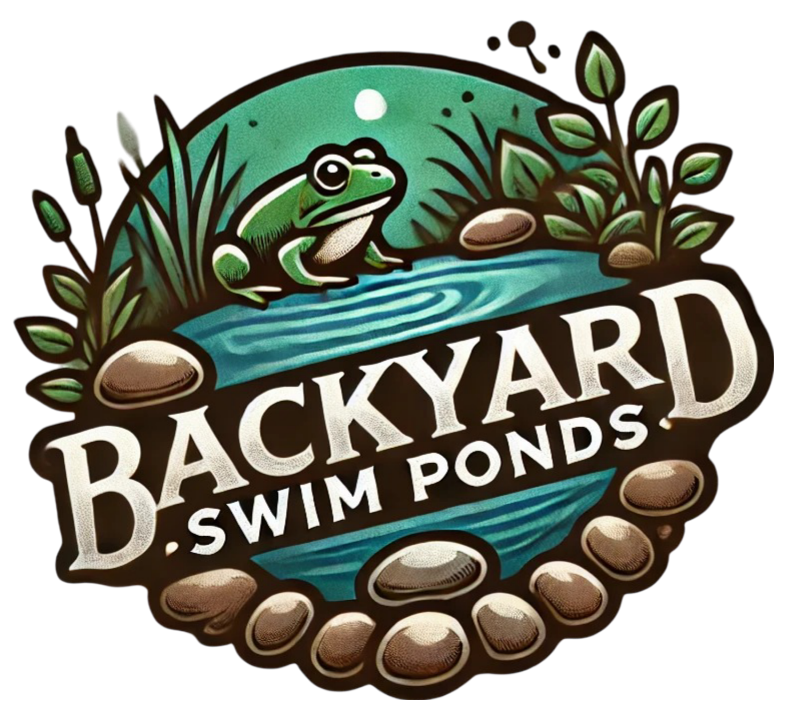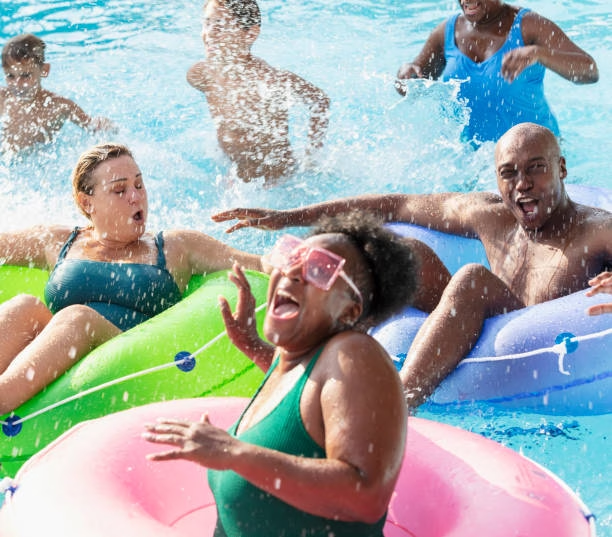Creating an accessible swim pond is not just about aesthetics; it’s about designing spaces that everyone can enjoy, regardless of age or ability. Swim ponds can be serene spots for recreation and relaxation, but they must also cater to the needs of diverse users, including children, elderly individuals, and people with disabilities. Thoughtful design elements promote inclusivity while preserving environmental sustainability.
Accessibility is essential because it allows everyone to participate in and benefit from these communal spaces. For instance, how can you ensure that your grandparents can access the water comfortably? What safety features might be necessary for your children? How do you incorporate wheelchair access without compromising the pond’s design? These considerations are integral to creating welcoming aquatic environments.
This guide aims to provide you with practical advice on designing accessible swim ponds, outlining specific features to include and innovative solutions that enhance user experience. By focusing on human-centric design principles, you can create functional and enjoyable spaces for all users.
Why Create an Accessible Swim Pond?
Designing an accessible swim pond is vital for fostering an inclusive community. When swim ponds are designed with everyone in mind, they support family gatherings, enable therapeutic activities, and help create lasting memories.
Understanding accessibility in aquatic environments means recognizing that users have varied needs. Your older family members might need ramps for easy entry, while children may require safe shallow areas for play. Implementing inclusive design principles not only satisfies the needs of individuals with disabilities but enhances the overall experience for families and communities.
Moreover, accessible swim ponds contribute significantly to social cohesion. By creating spaces where everyone can safely enjoy the water, you foster interaction and connection among community members. Such ponds can serve as vibrant hubs for recreation, bringing together individuals of all abilities.
In essence, investing in accessibility enriches lives and creates opportunities for everyone to engage in aquatic fun. Prioritizing inclusivity sends a clear message about the values that matter in your community.
Source: iStock – A vibrant family enjoying a swim pond together
Designing for Everyone: Key Accessibility Features That Matter
To create an inclusive swim pond, you need to incorporate critical design features that cater to various users. Here are some essential considerations:
-
Sloped Entries and Ramps: Installing a sloped entry or ramp, with a maximum slope of 1:12 (8.33%) extending into the water, is fundamental. This allows seniors and individuals with mobility impairments to enter and exit the water safely.
-
Handrails and Transfer Systems: Adding handrails on both sides of the ramp that extend at least 12 inches beyond the top and bottom provides added support for users. Transfer systems, like platforms, can facilitate movements from wheelchairs into the pool.
-
Multiple Depth Zones: Creating various water depths accommodates different abilities. For instance, a minimum depth of 3 feet can ensure safety for wheelchair users, while shallow areas can allow for secure play.
Integrating these features not only ensures compliance with accessibility standards but also enhances usability, making your swim pond welcoming for everyone. Prioritizing these elements will cultivate a comfortable environment for users of all abilities.
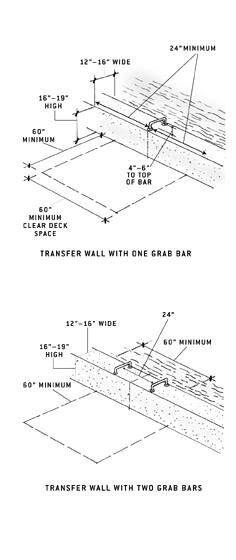
Source: Access Board – Diagram showing a compliant swimming pool ramp design
Innovative Accessibility Solutions in Swim Pond Design
Innovation is key to enhancing accessibility in swim ponds. Some advanced solutions to consider include:
-
Smart Pool Lifts: Many modern pool lifts come equipped with remote controls, allowing users to operate them independently. These lifts can lower individuals into the water to a depth of 48 inches, meeting the required accessibility standards.
-
Zero-Entry Ramps: Incorporating zero-entry ramps designed with slip-resistant surfaces enhances safety. Such ramps simplify access to the water, ensuring users can navigate seamlessly into the pond.
-
Adaptive Aquatic Wheelchairs: These specially designed wheelchairs empower users to easily access swim ponds, especially in shallow sections of the water. By promoting mobility, these chairs enhance the overall experience.
By leveraging innovative technologies, you can significantly improve your swim pond’s accessibility, creating a welcoming space that makes the water enjoyable and safe for all users.
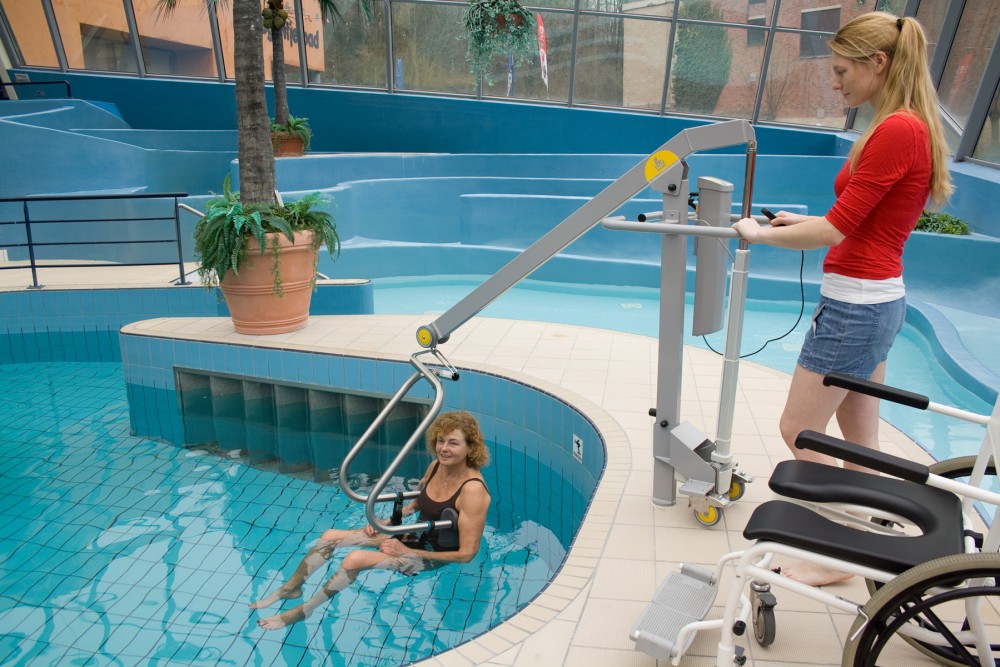
Source: Surehands – An adaptive lift designed for pools and swim ponds
Balancing Sustainability and Accessibility in Swim Ponds
Sustainability should go hand in hand with accessibility in swim pond design. Here are some eco-friendly practices to implement:
-
Natural Filtration Systems: Utilize natural processes to maintain water quality without harsh chemicals. This approach provides a safer environment for users, particularly those with chemical sensitivities.
-
Sustainable Materials: Consider using environmentally friendly construction materials, such as recycled composites for flooring. This not only meets accessibility needs but also respects environmental values.
-
Promoting Biodiversity: Your design can create habitats for local wildlife while meeting human needs. Vegetated margins enhance both aesthetic and ecological value, contributing positively to the environment.
By embedding sustainability into your design, you enhance accessibility while respecting ecological integrity, creating an inclusive environment that benefits both users and nature.
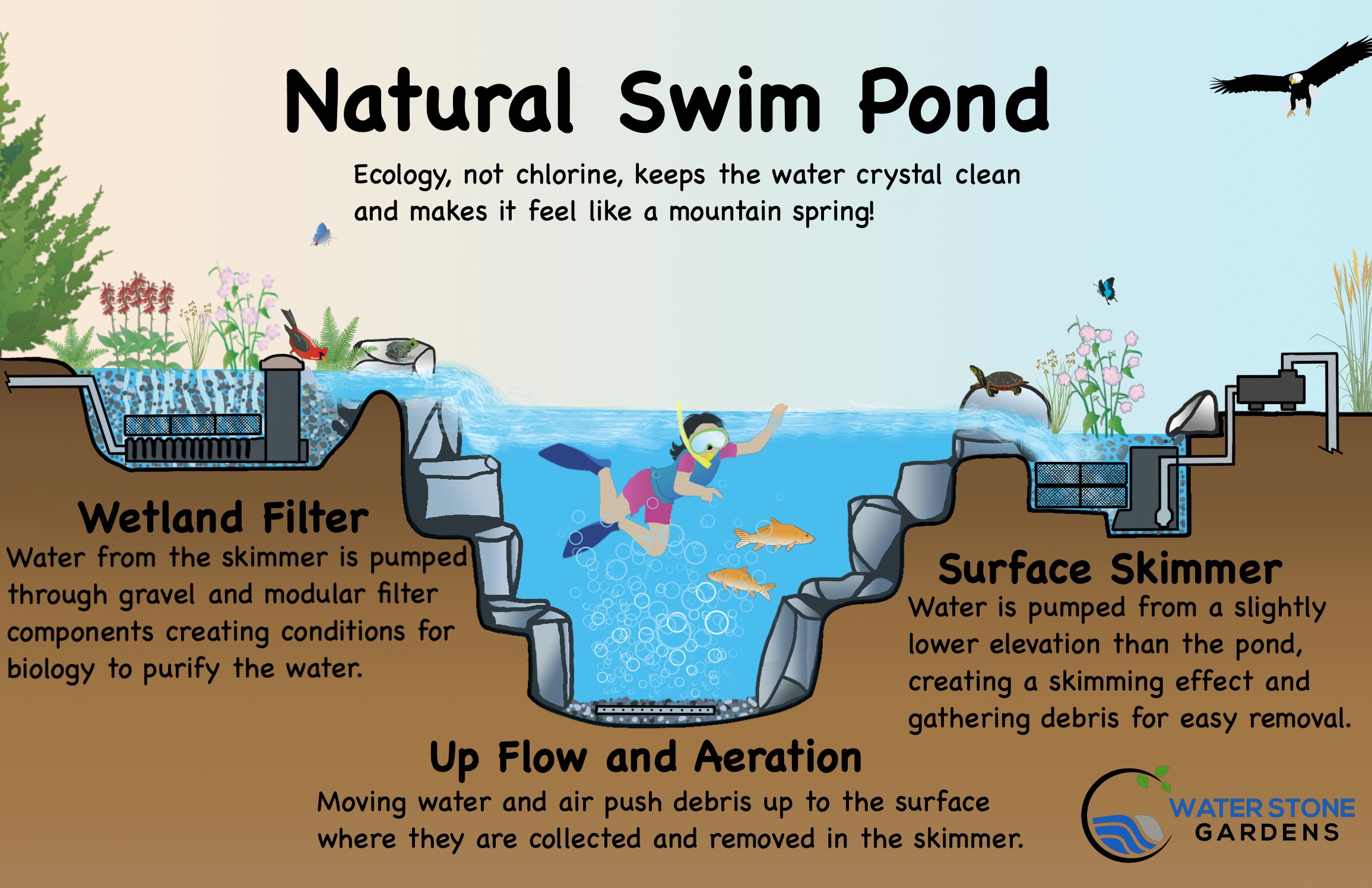
Source: Aquascapes – A natural swim pond utilizing eco-friendly filtration
Essential Considerations for Safety in Accessible Swim Ponds
Safety is fundamental in all swim pond designs, especially when accommodating users with disabilities. Here are key principles to prioritize:
-
Non-Slip Surfaces: Surround pond edges with non-slip materials to prevent accidents, ensuring users can navigate safely.
-
Underwater Visibility Enhancements: Install underwater lighting to improve visibility, particularly helpful for users with visual impairments, making navigation easier and safer.
-
Storage Spaces for Equipment: Provide clear, designated areas for mobility equipment near the pond. This organization allows easy access and keeps the area safe and tidy.
Incorporating these safety features will create an enjoyable swimming experience and enhance overall confidence for users navigating the pond.
Source: Massachusetts Government – Infographic detailing essential water safety tips
Funding Your Accessible Swim Pond Project: Where to Look
Understanding costs and available funding avenues is critical for planning your accessible swim pond project. Here’s what you need to know:
-
Cost Estimates: Consider that features like sloped entries typically range from $5,000 to $15,000, while pool lifts can range from $3,000 to $6,000. Knowing these estimates helps you plan your budget effectively.
-
Available Grants: Explore grants through programs such as the Land and Water Conservation Fund, which can cover up to 50% of eligible project costs.
-
Tax Credits and Deductions: Look into tax credits for accessibility improvements, such as the ADA Small Business Tax Credit, which covers 50% of expenses up to $5,000.
By proactively seeking out various funding options, you can alleviate some of the financial pressures associated with creating an accessible swim pond.

Source: Accessibility Checker – Infographic highlighting funding sources for compliance
Learning from Global Standards: Accessibility Standards Across Regions
Understanding and comparing accessibility standards worldwide provides valuable insights. Here’s how different regions approach this issue:
-
Diverse Standards: Countries have varying requirements based on their specific cultural and legislative contexts. Learning from these can help shape your approach and improve designs.
-
Strengths and Weaknesses: Analyzing international systems reveals successful practices that enhance accessibility, which can be adapted to improve local designs here.
-
Notable Case Studies: Investigate examples of successful swim ponds that serve as models for accessibility. Reflecting on such projects can guide your design decisions.
By examining global standards, you can enhance your swim pond design, ensuring it aligns with best practices that promote inclusivity for all users.

Source: Accessibility Checker – Chart illustrating accessibility scores worldwide
A Call to Action: Making Swim Ponds Inclusive and Enjoyable for All
When planning your accessible swim pond project, community and professional collaboration are key. Engaging with stakeholders—including local government, disability advocates, and community members—enriches the planning process and ensures diverse needs are met.
An inclusive design can enhance community life and promote the well-being of all individuals. It provides opportunities for recreational activities, social interactions, and shared experiences.
As you navigate the design process, remember that your commitment to accessibility can inspire change. It’s essential to advocate for features that genuinely improve user experience, creating inviting swim ponds that reflect your community’s values.

Source: New York Times – Community members enjoying a fully accessible swim pond
In conclusion, the vision for accessibility-first swim ponds extends beyond regulatory compliance; it’s about creating inviting spaces that cater to all users. Thoughtful and inclusive design opens the doors for families, children, and individuals with mobility challenges to enjoy a shared experience. By focusing on accessibility, innovation, and sustainability, you can cultivate a vibrant community space.
